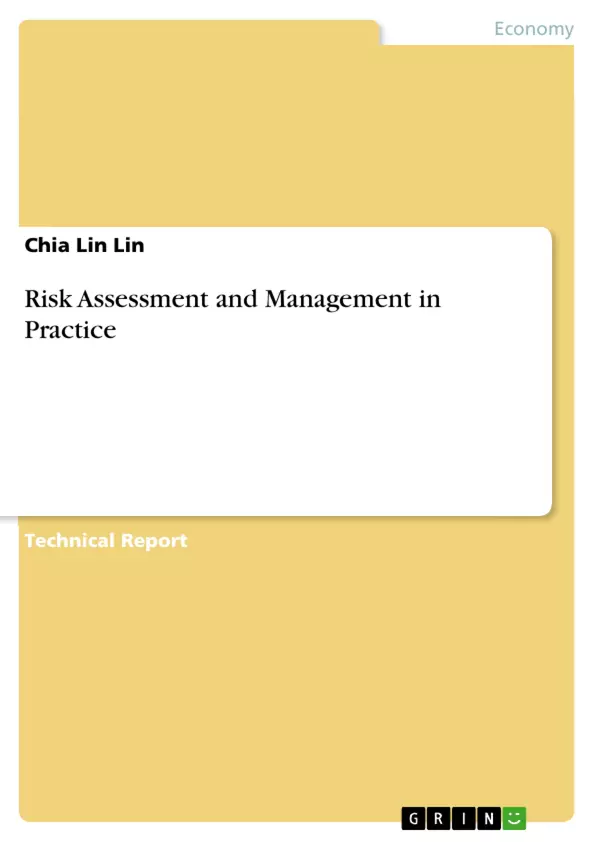The unpredictable future commonly makes people feel afraid of or curious about what is on the other side of the door. Scientists try to use a scientific approach and systematic assessment to explain the mechanisms of the world to make the future more visible. However, these mechanisms are constantly changed by the interaction between people or objects. Furthermore, the uncertainty principle, which is also called the Heisenberg principle, gives a clearly concept. In simple terms, this theory describes how the position and momentum of a particle cannot be measured at the same time. This is because the measurement itself has the ability to influence the status of the particle (Becchi, CM & D’Elia, M 2007). Similarly, any system should be considered as a whole if we are to manage risk and uncertainty in the future. Since the early 1930s, marked by the global economic crisis that resulted from the dramatic fall in American stock prices, economists have contemplated the theory of risk growth. This report will introduce the concept of risk, the methods used to assess and manage risk, and the ways in which uncertainty influences the process, with a practical example at the end of the discussion.
Inhaltsverzeichnis (Table of Contents)
- Introduction
- Discussion
- The concept of risk and uncertainty
- The methods of risk assessment and management
- Example
- Introduction
- Information Collecting
- Risk in car rental
- Example conclusion
- Conclusion
Zielsetzung und Themenschwerpunkte (Objectives and Key Themes)
This report aims to introduce the concept of risk, the methods used to assess and manage risk, and the ways in which uncertainty influences the process. This is illustrated with a practical example at the end of the discussion.
- The concept of risk and uncertainty
- The methods of risk assessment and management
- The influence of uncertainty on risk assessment and management
- The importance of a comprehensive approach to risk management
- The role of experience and knowledge in risk assessment and management
Zusammenfassung der Kapitel (Chapter Summaries)
The introduction discusses the unpredictable nature of the future and the role of scientific approaches in understanding and managing risk. It also introduces the uncertainty principle and its relevance to risk assessment.
Chapter 2.1 explores the concept of risk and uncertainty, explaining how people learn to avoid or reduce hazards through experience. It introduces the distinction between objective risk and perceived risk and discusses the challenges of bridging the gap between these two viewpoints.
Chapter 2.2 outlines the methods of risk assessment and management, emphasizing the importance of understanding the inevitable nature of uncertainty. It describes the four steps involved in risk assessment: risk identification, risk analysis, probability of occurrence of risk, and risk evaluation. The chapter also discusses the five steps of risk management: identifying threats, assessing threats, determining risk, reducing or avoiding threats, and predicting risk.
Chapter 3.1 provides a brief introduction to the example used to illustrate the concepts discussed earlier.
Chapter 3.2 focuses on the process of information collecting in the context of the example.
Chapter 3.3 examines the specific risks associated with car rental, highlighting the practical application of risk assessment and management principles.
Chapter 3.4 concludes the example by summarizing the key findings and implications.
Schlüsselwörter (Keywords)
This report focuses on the concepts of risk and uncertainty, exploring the methods used to assess and manage risk. Key themes include risk identification, risk analysis, probability of occurrence of risk, risk evaluation, threat identification, threat assessment, risk determination, risk reduction, risk avoidance, and risk prediction. The report also emphasizes the importance of a comprehensive approach to risk management, incorporating both objective and perceived risk perspectives.
- Quote paper
- Chia Lin Lin (Author), 2014, Risk Assessment and Management in Practice, Munich, GRIN Verlag, https://www.grin.com/document/300531



